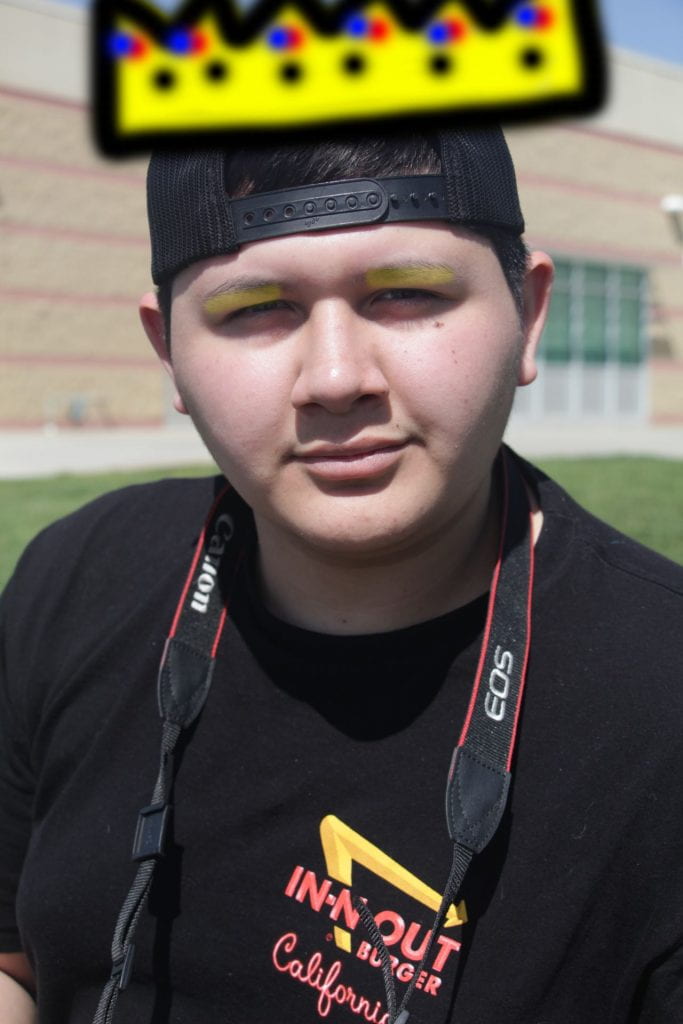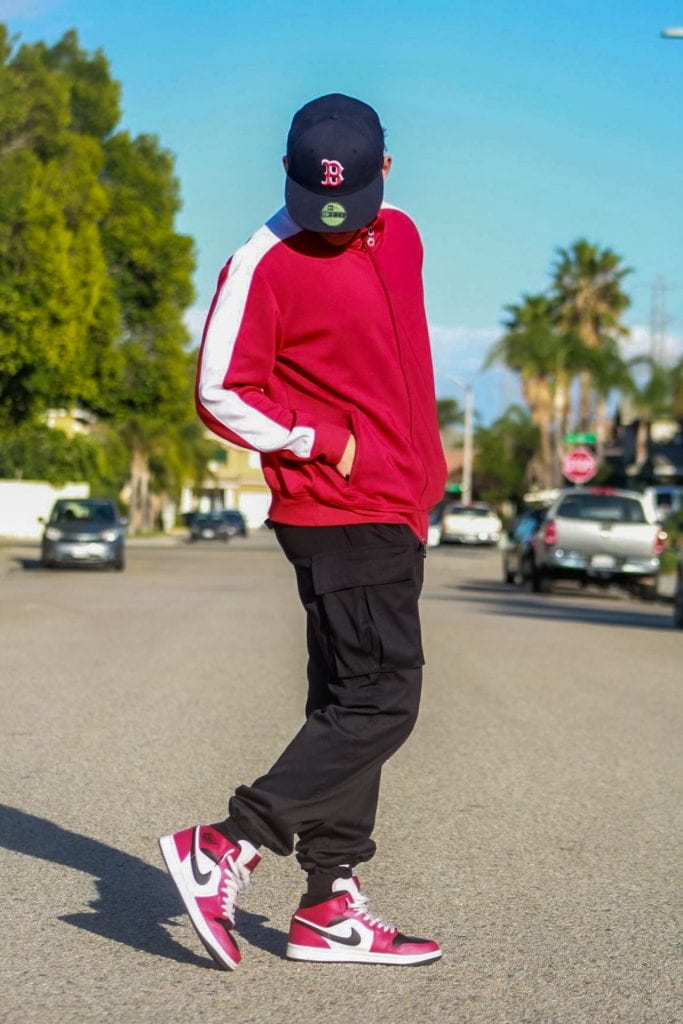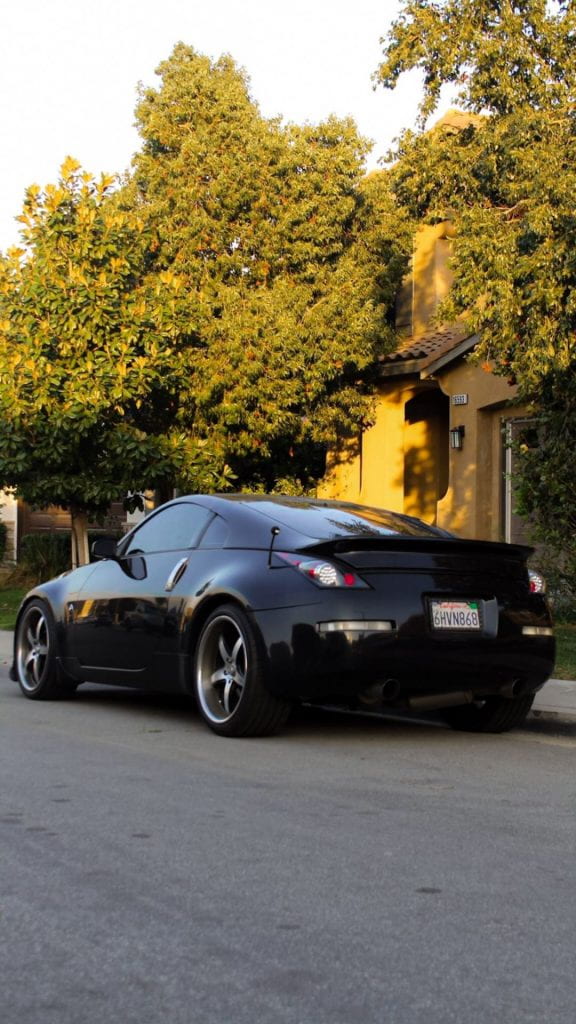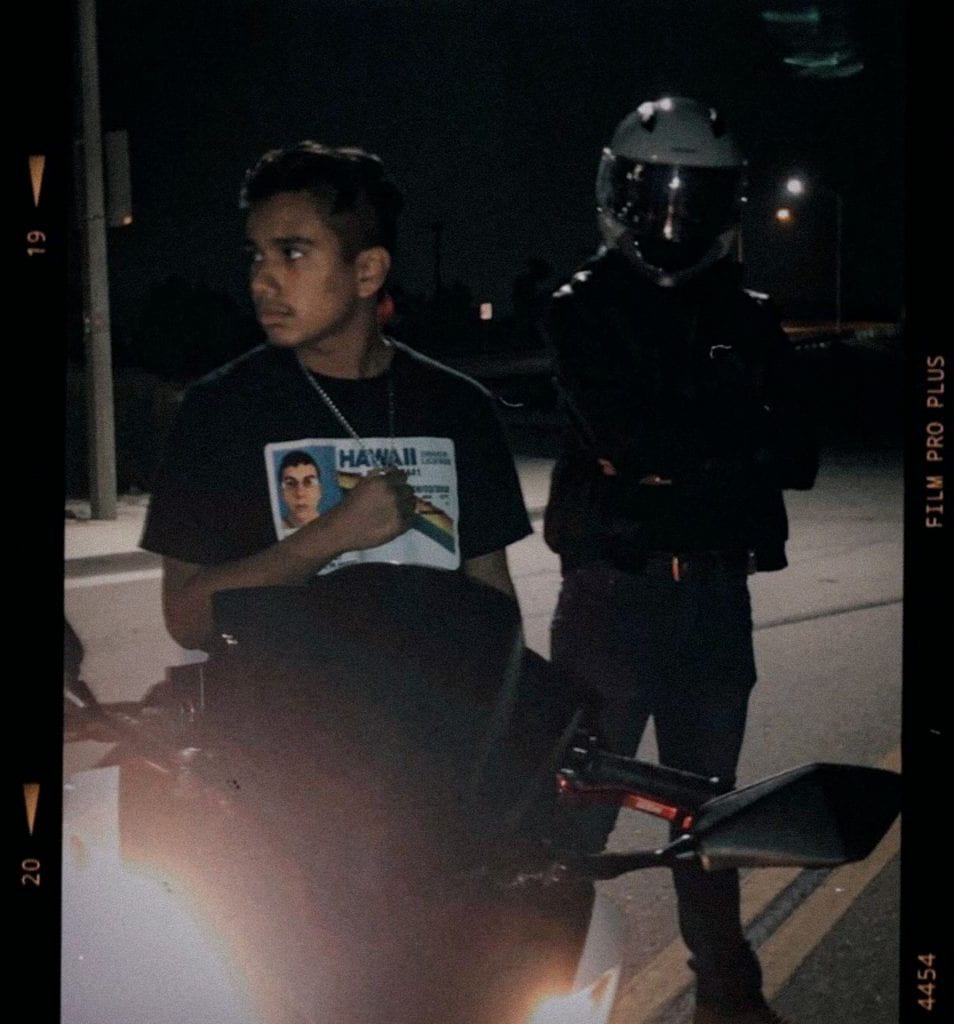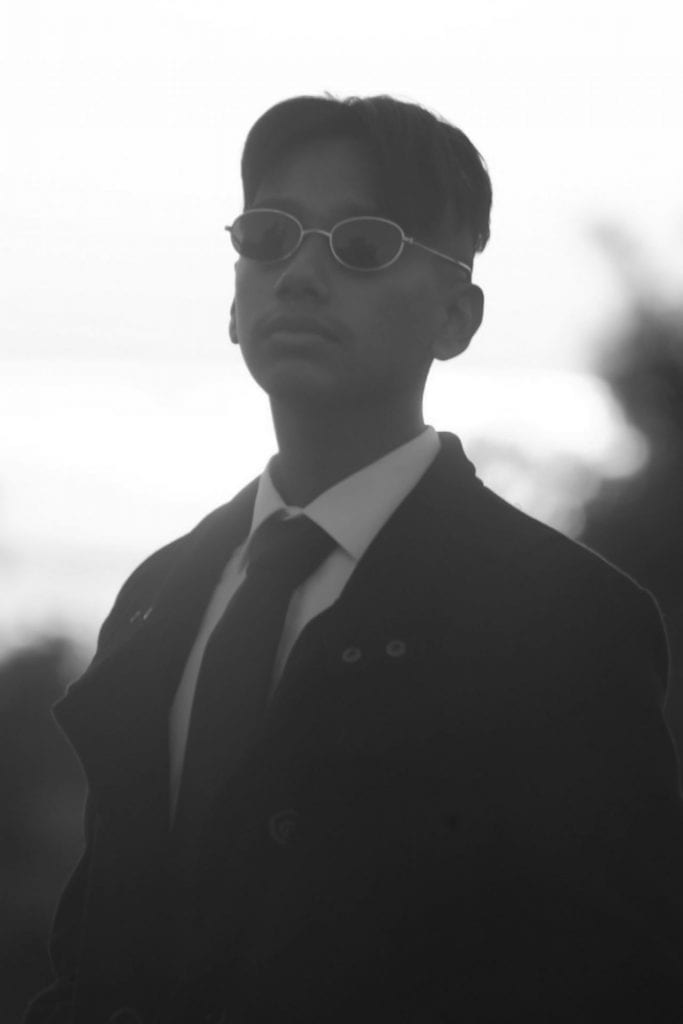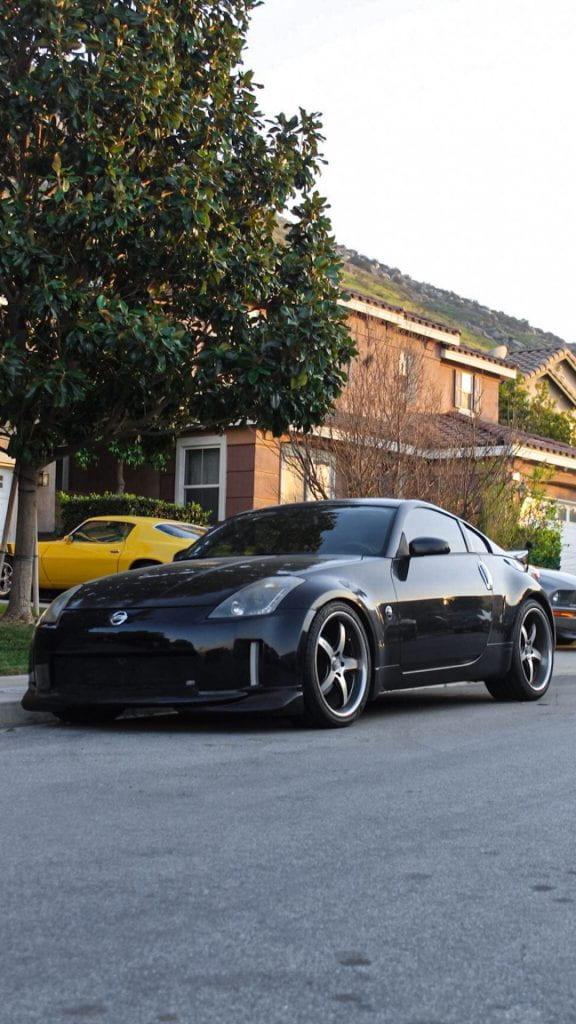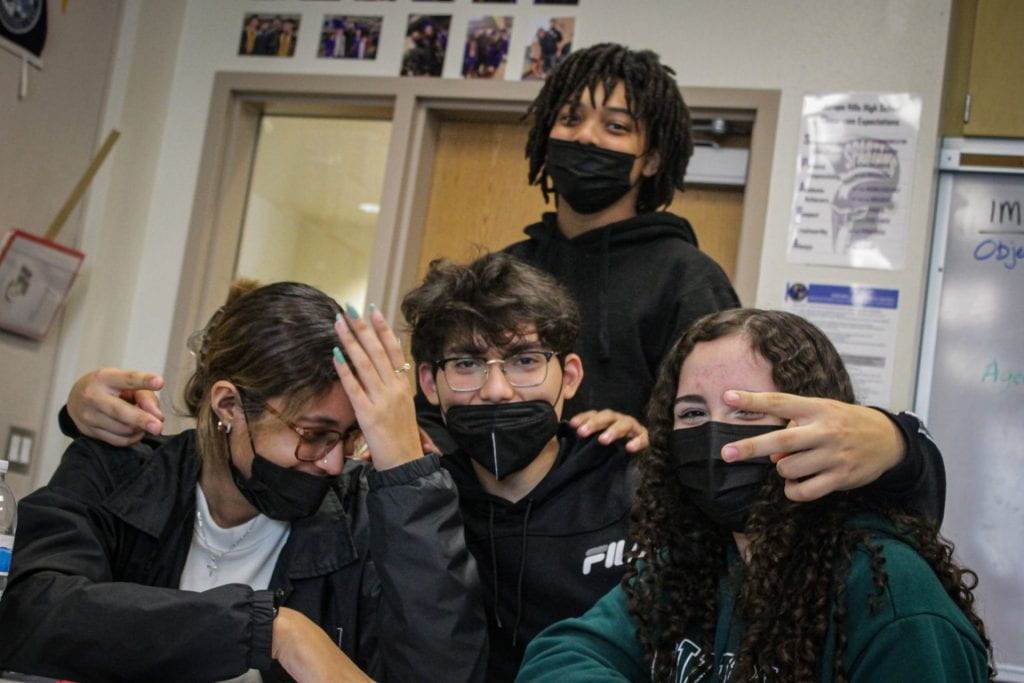RAW vs JPEG
The major distinction between JPEG and RAW is that JPEG compresses an image to make it smaller. RAW, on the other hand, is a large file containing images and data rather than a single image.
The RAW file is larger than the JPG file.
Yes, you can convert a RAW file to a JPEG. To begin, select the RAW file or image to be converted to a JPEG. The RAW file will then be saved to your computer as a JPEG.
You’d use RAW mode to capture your images. This is owing to RAW’s superior image quality. However, due of the smaller file size and JPEG, it is advisable to shoot in JPEG if you intend to take a large number of photographs.
Barbara Kruger Style Image
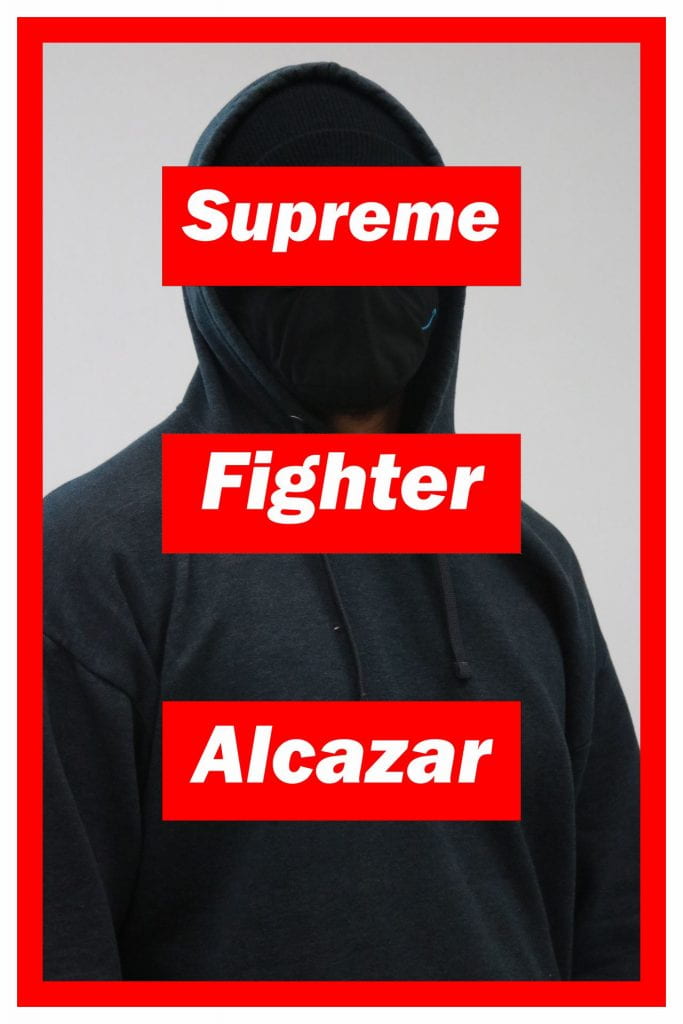
Travel Poster

Meticulous Photography Critique
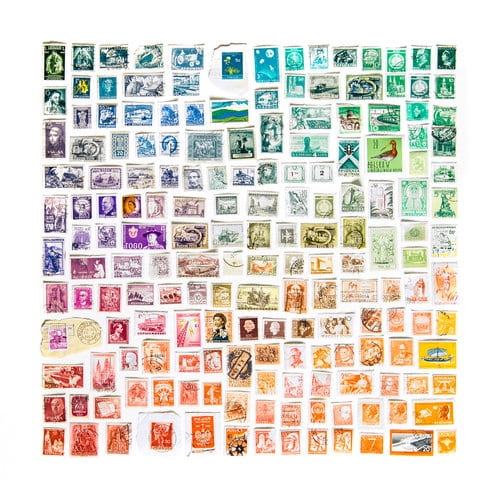
Surrealistic Collage

100 Most Influential Images of All Time

Neil Armstrong, NASA, the first man on the moon by the USA. I selected it because this is an iconic moment where someone went into space, something we thought we would never do. 
Lieutenant Charles Levy, the bomb dropping on Nagasaki. I selected it because it is a sensitive subject that showed the US dropping a nuclear weapon to end the war. 
Richard Drew, a victim falling to their death on 9/11. I chose this because it is a sad subject that shows how the world was when the planes crashed into the Twin Towers.
Meticulous Photography


Masters of Photography Reflection
Helen Levitt, the daughter of May (Kane) and Sam Levitt, was born in Benson Hurst, Brooklyn, New York. Her maternal grandparents and father were both Russian Jewish immigrants. She attended New Utrecht High School until 1931, when she quit out. She bought a Leica camera in 1936. (a 35 mm range-finder camera). In Levitt got fascinated by the ephemeral chalk drawings that were part of the New York children’s street culture at the time while teaching art lessons to children for the Federal Art Project in New York City in 1937. For her own creative project with the Federal Art Project, she began photographing these chalk drawings as well as the children who created them. In The Street: Chalk Drawings and Messages, New York City 1938–1948 was eventually published in 1987. Levitt resided in New York City for approximately 70 years and worked as a photographer. “I travel where there’s a lot of action,” she said, lamenting the change of landscape in New York City. Children used to be allowed to play outside. The streets are now deserted. People are either watching television or doing something else indoors.” Helen Levitt was well known for photographing children playing in the streets, for which she received widespread acclaim. She also concentrated her efforts in Harlem and the Lower East Side, with many of her subjects being minorities. There is a recurring theme in the film of youngsters playing games. She deviated from the standard approach of other prominent photographers when it came to portraying suffering in a journalistic manner. Instead, she chose to photograph her children’s chalk paintings to illustrate the world from their perspective. She frequently sets the camera and fashions the photo in such a way that the subject of her photography is the center of attention. Her decision to show youngsters playing in the street and to experiment with street photography goes against the tide of the time. Many of the working classes were denied access to these public spaces due to legislation implemented in New York at the time. In an attempt to regulate these groups, laws were passed that specifically targeted them.
Portraits With Make Up

